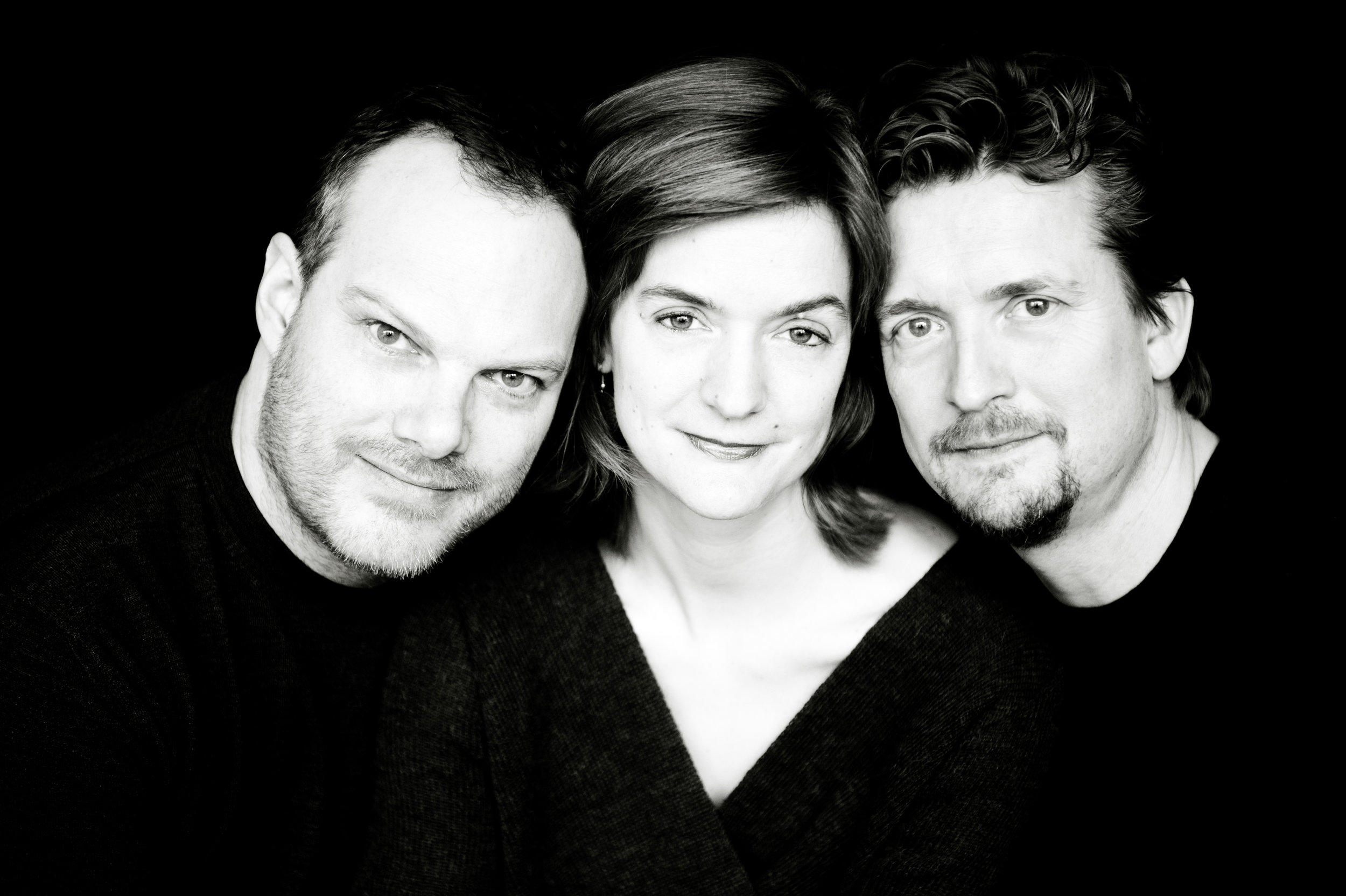Tetzlaff Trio at the Wallis, Polished with a Passion
/By Truman C. Wang
4/28/2019
On Friday night, April 26, the Tetzlaff Trio gave a very characterful and luxurious-sounding performance in posh Beverly Hills. It brought to mind the highly-cultivated Kalichstein-Laredo-Robinson Trio I reviewed in this hall two years ago; the Tetzlaff Trio is also a polished, well-oiled ensemble in addition to possessing youthful, quite infectious, exuberance.
Schumann’s D-minor Piano Trio No. 1, written during the composer’s ‘symphonic period’ in the 1840’s, carries highly descriptive titles in German (like his third and fourth symphonies.) The first movement (Mit Energie und Leidenschaft) was played with energy and passion, as well as much tenderness from violinist Christian Tetzlaff. The piano has a dominant role (no doubt due to Clara’s influence) but pianist Lars Vogt made sure the tonal palette of his Steinway grand remained intimate and subtle so as not to overpower the two strings. Together, with Tanja Tetzlaff’s understated but eloquent cello part, the Trio made a compelling case for this Romantic gem. Their taut rhythm in the second movement Scherzo was ‘lively but not too fast’ (Lebhaft, doch nicht zu rasch), and the introspective slow movement was played ‘with heartfelt sensation’ (mit inniger Empfindung) before a fiery, buoyant finale (mit Feuer).
After a short intermission, we heard Dvorak’s F-minor Trio, No. 3. While not as well-known as the ‘Dumky’ (No. 4), it has plenty of charm and appealing qualities all its own, not the least of which is the infectious swinging melody in the second movement Scherzo (Allegretto grazioso), played to great effects by the Tetzlaff. Like the Schumann, one was impressed with their very smooth and articulate ensemble playing, particularly in the soft passages, and the powerful, but not over-driven, climaxes. The third movement, Poco adagio, was highly expressive as it should be, moving from melancholy to elation and back again. The Tetzlaff players put their dancing shoes on for the lively waltz finale (Allegro con brio) and the audience were thoroughly entertained and having a ball.
Classical music tradition dictates applause only at the conclusion of a complete piece. The Beverly Hills audience could not contain their enthusiasm and gave smatterings of applause in between movements. Against protocol, but entirely appropriate show of admiration for the admirable Tetzlaff Trio.
Truman C. Wang is Editor-in-Chief of Classical Voice, whose articles have appeared in the Pasadena Star-News, San Gabriel Valley Tribune, other Southern California publications, as well as the Hawaiian Chinese Daily. He studied Integrative Biology and Music at U.C. Berkeley.


